

Friday, December 25, 2009
Sunday, December 20, 2009
Monday, December 14, 2009
Most of the lessons are not available anymore
Thursday, December 10, 2009
Map Work Questions
Map work in ICSE exam carries 10 marks. So please locate the following places, rivers, ranges, areas of soil, minerals etc. Keep outline map of India with you.
RIVERS:
- River Indus
- Rover Jhelum
- River Chenab
- River Ravi
- River Sutlej
- River Beas
The above rivers are part of River Indus system.
1. River Ganga
2.river Yamuna (tributary of Ganga)
3. River Chambal (tributary of Yamuna)
4. River Betwa (tributary of Yamuna)
5.River Son (tributary of Ganga)
6.River Damodar ( tributary of Ganga) (Chambal, Betwea, Son. Damodar rise at the ege of Peninsular Plateau and join Ganga on right bank
7. River Gomti
8.River Ghaghara
9.River Gandak
10. River Kosi --- all these tributaries of Ganga which join Ganga on left bank
1. River Brahamaputra
West Flowing Rivers
1. River Narmada
2. River Tapi
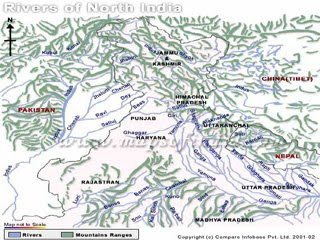
East Flowing rivers (in order from north to south)
1. River Mahanadi
2. River Godavari
3. River Krishna and its tributaries River Bhima and River Tungabhadra
4. River Kaveri
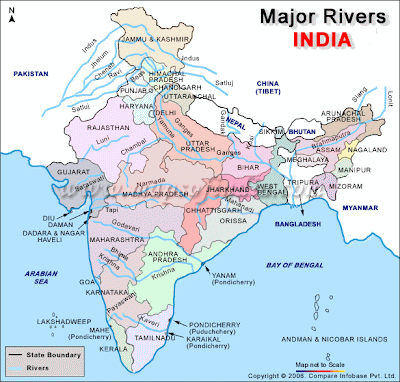
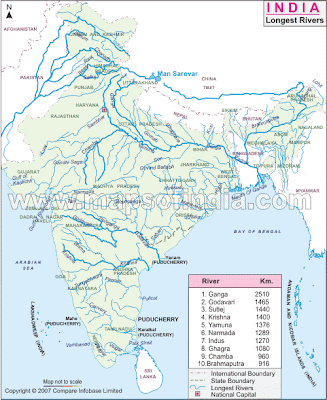
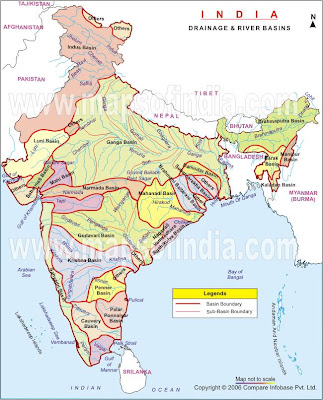
MOUNTAINS
(USE SECOND OUTLINE MAP )
1. Chagai Hills
2. Hindukush Mt
3. Karakoram Range
4. Aravalli Range
5. Sulaiman Mt
6. Kirthar Mt
7. Mt Godwin Austin (mark triangle )
8. Bolan Pass (use the symbol of pass)
9. Khyber Pass (use the symbol of pass)
10. Mt Everest (mark triangle)
11. Kanchanjunga (mark triangle)
12. Vindhyas
13. Satpura Mts
14. Maikala Range
15. Chota Nagpur Hills
16. Mahabaleshwar (use triangle)
17. Western Ghats
18. Palghat Pass
19. Annamalai Hills
20. Cardamom Hills
21. Nilgiri Hills
22. Eastern Ghats
23. Rajmahal Hills
24. Himalayas
25. Garo Hills (in Meghalaya)
26. Khasi Hills (in Meghalaya)
27. Jainthia Hills (in Meghalaya)
28. Shiwalik Hills
29. Chittagong Hills
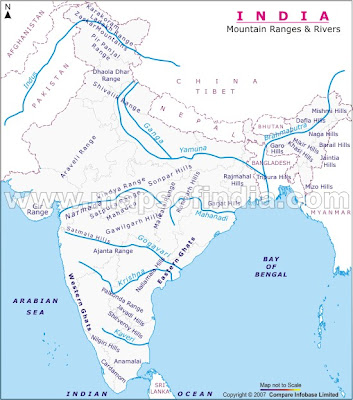
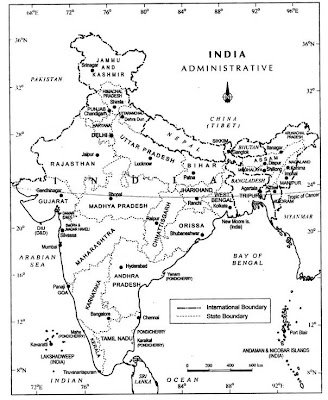
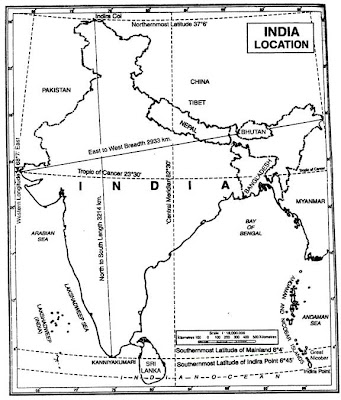
Do you want to learn toposheets online?(Free service)
Tuesday, December 8, 2009
Monday, December 7, 2009
10D3 MAP FOR PRACTICE-QUESTION 3
10D2 MAP FOR PRACTICE - QUESTION 2
10D8 MAPS FOR PRACTICE - QUESTION 1

Saturday, December 5, 2009
A6-IMPORTANT DEFINITIONS ON TOPOSHEETS
IMPORTANT DEFINITIONS
DEFINITIONS FROM TOPO MAPS
REPRESENTATIVE FRACTION (RF): It is the ratio between the distances on the map to its corresponding distance on actual ground. The RF on this map is 1:50,000.
2. SCALE : Scale is the ratio between the distance of any two points on the map and the actual distance of the same points on the ground.
The scale of the given map extract is 2 cm: 1 km or 1:50,000.
3. CONTOUR: Contours are imaginary lines drawn on maps, joining all places with the same height above sea level.
4. CONTOUR INTERVAL: The interval between two consecutive contours is called contour interval (*it is a constant 20 mts in your toposheets.)
5. INDEX CONTOUR: Contour lines are thickened at regular intervals to make it easier to read contours. For example at every 100 mts the contour line is made darker. The darker lines are called Index Contours.
6. TRIANGULATED HEIGHT: It is the height of a place which has been calculated using trigonometry, represented by a small triangle e.g. - 540
7. SPOT HEIGHT: The height of random places between contours shown with a dot. Eg - .425
8. BENCH MARK - Height of a place actually marked on a stone pillar, rock or shown on a building as a permanent reference. It is written as BM 200 m.
9. RELATIVE HEIGHT: Relative height is the height of a feature with reference to the height of the surrounding land and NOT to sea level.
It is represented by the height with a small ‘r’ eg –12r.
10. ROCK OUTCROP: It is a portion of rock jutting above the surface of the earth.
11. SHEET ROCK: Large areas of rock where the overlying soil layers have been eroded and removed due to mechanical weathering.
9 STONY WASTE : A large area usually in arid/semi arid regions where the finer sand/soil has blown away leaving a surface covered with boulders, stones and pebbles.
10. BROKEN GROUND: A relief feature found mostly in dry regions around rivers and streams. It is land around river, which is totally
weathered (exfoliated) due to alternate cooling and heating.
11. FIRELINE: A cleared pathway in a forest to prevent the spread of forest fires.
12. MIXED FOREST: A forest with more than two varieties of trees growing in close proximity to each other.
13. OPEN JUNGLE: A forest where trees are widely scattered.
14. DENSE JUNGLE. : A forest where trees grow very close to each other.
15. OPEN SCRUB: Scrub is a vegetation found in regions with less than
100 cms of rainfall. Therefore it indicates a dry region.
16. BRACKISH: It is a well, which has water with very high salt content – generally unfit for drinking purposes.
17. CAUSEWAY: It is a raised road over a small water body. (Usually a road used only in the non rainy months.}
18. CUTTING: A portion of land, which has been cut in order to make land available for transport routes. (it is indicative of a rocky region)
19. EMBANKMENT: They are raised rock or soil filled constructions on which roads/railway tracks are built. Also made near tanks and rivers to prevent flooding.
20. FORM LINES: Form lines are contour lines, but show only approximate heights above sea level as they are used to indicate the elevations of the area which are not accessible for proper survey. Hence they are drawn as broken lines and are called 'form lines'.
21. Q.C. Q.D., OC, OD,PQ, ETC / NATIONAL GRID REFERENCE/: These are alphabetical codes used in the survey map as their subdivisions which represent the biggest grid sq. of 10,000 square kms.
The Govt of India has adopted metric system for all measurements. All the ordnance survey maps issued by the Survey of India were drawn to the scale 2 cm = 1 km. In this system , the surveyed territory is divided into 100km X 100 km squares, and each square is denoted by English alphabets. for example, OC, OD, PQ, PG, etc . This system of map drawing is known as National Grid Reference.
22. LAYER TINTING: (colouring)
While spot heights show the height of the land, they only do so at certain points. To provide an overall image which conveyed height, a technique called layer tinting was developed. Layer tinting uses different colours (or shades) to represent different heights. It is a mapping convention for darker colours to signify greater height. When using layer tinting, green is often used for low land, yellow for higher land and brown for the highest land.
Layer tinting is most commonly found on physical maps. While layer tinting is useful, it does not show the detailed shape of the land.
23. DEPRESSION: It is a depression often found in sandy areas where the wind, having blown away the sand, leaves a hollow or a depression.
24. HACHURING: Early cartographers attempted to show surface features on maps by using the technique of hachuring. Hachures use short lines of varying thickness to show the shape and slope of the land. In accordance with this technique, the steeper the slope is, the thicker the lines are which represent it. While hachuring was initially innovative for its time, it gradually began to be replaced since the actual height of the land was not depicted.
25. LIME KILN OR BRICK KILN: These are open furnaces where limestone is purified or bricks are baked for construction purpose.
26. HILL SHADING: Hill shading resembles a light and shadow effect. Valleys and the sides of mountains appear as though they are cast in shadow. This is a visually striking method, which is ideal for providing an overall view of the relief of an area. Hill shading, however, does not show height which means that it is no more accurate than hachuring.
28. CUTTING: A cutting is an open vertical cut in high ground so that a road or a railway track can pass through.
29. MOUNDS: Mounds are small hills, just a few metres high. They are usually rounded on the top and covered with green vegetations. Sand hills in the desert and rock outcrops in stone areas can also be termed as mounds.
30. SYMBOL OF TELEGRAPH LINE: A telegraph line is indicated by bold and lite dots with the word telegraph or telephone written on it.
LEARN THEM BY HEART - ALL THE BEST !!!




